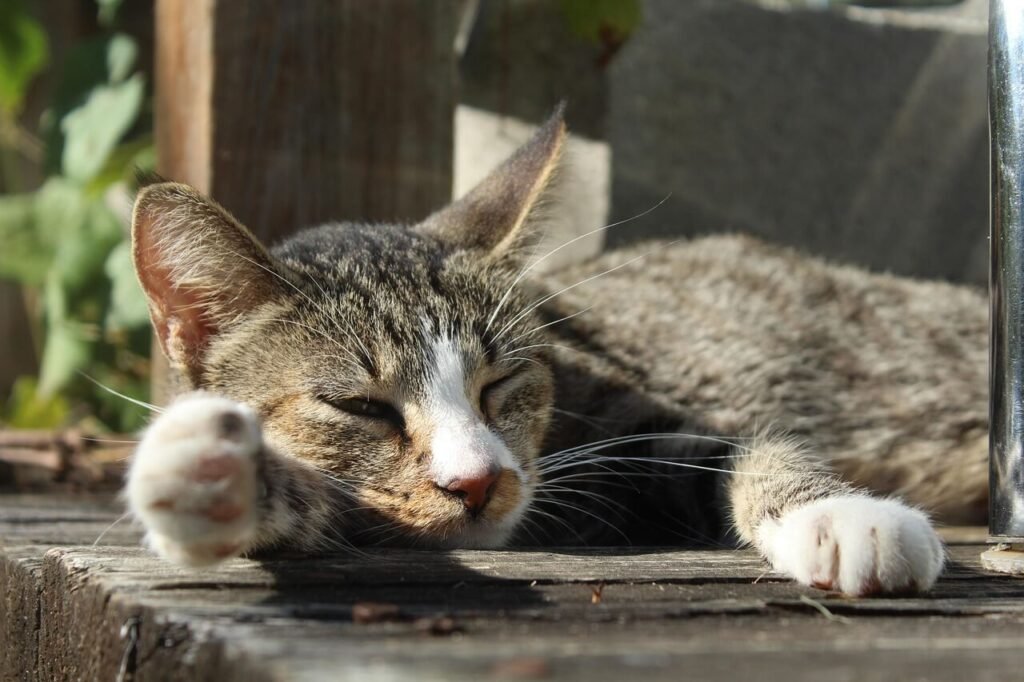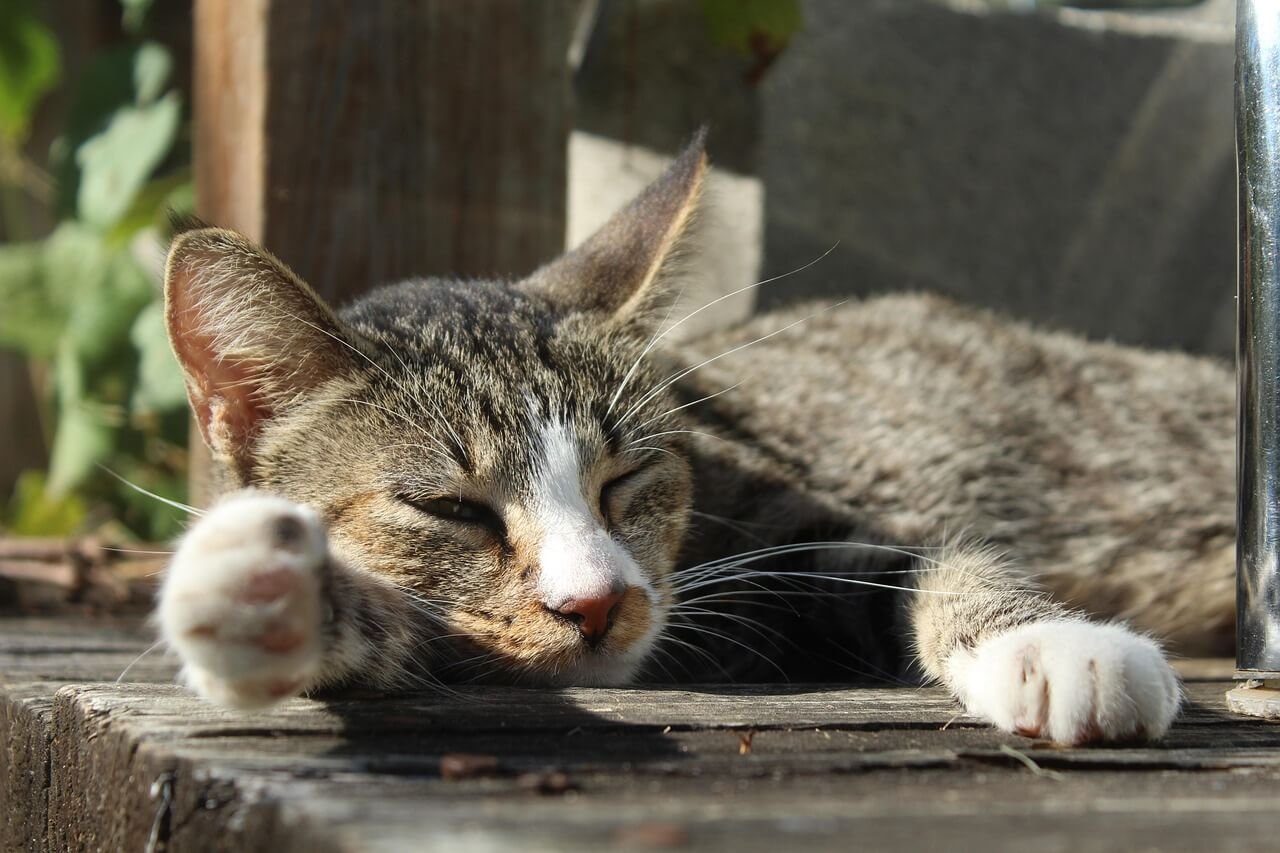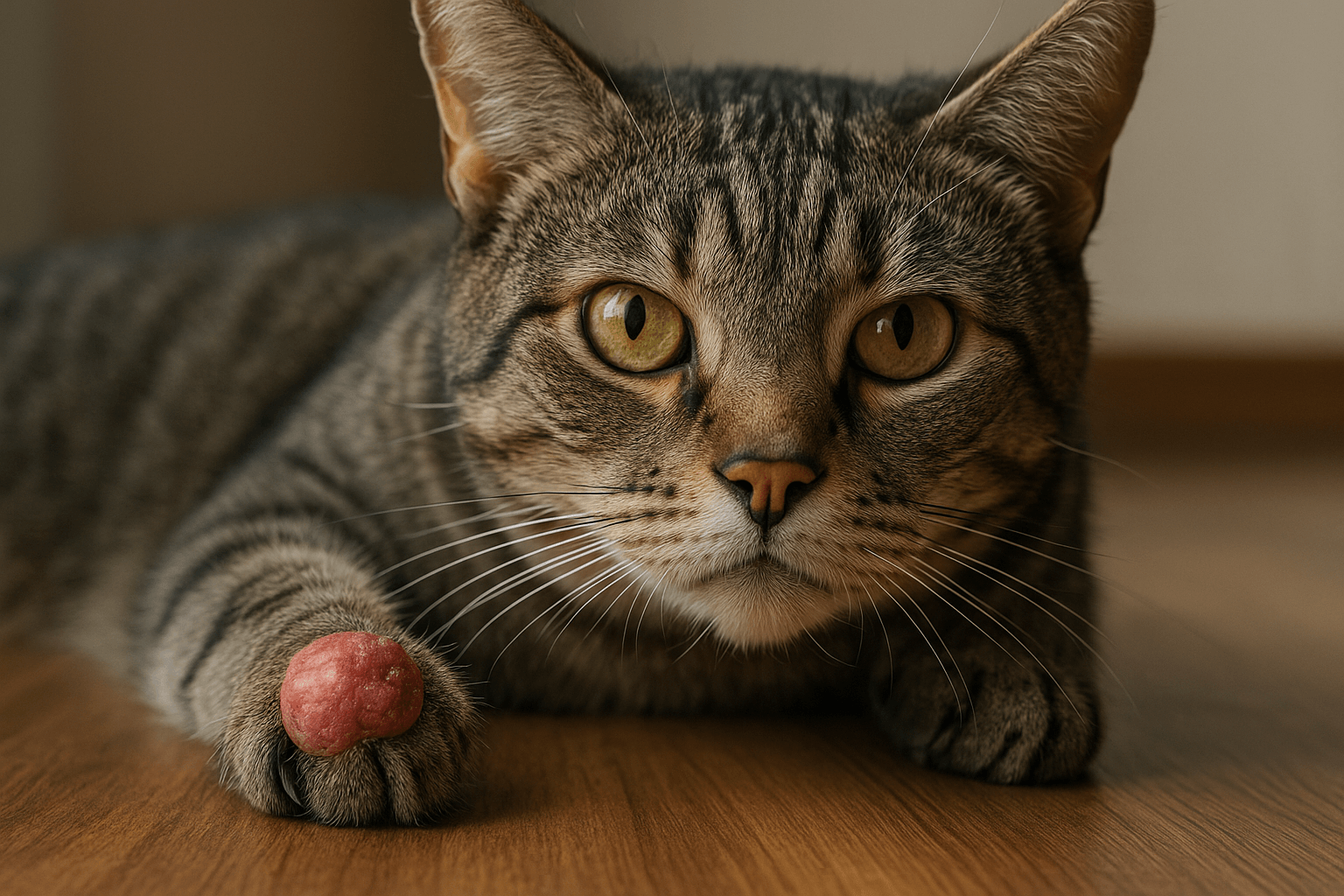Understanding Breast Cancer in Cats: What Every Pet Owner Should Know
Breast cancer is not just a human concern—it can also affect our beloved feline companions. In fact, breast cancer is one of the most common types of cancer in cats, particularly in unspayed females. While it may sound alarming, early detection and proper care can make a significant difference in managing this condition. As a cat owner, understanding the signs, causes, and treatment options for breast cancer in cats is crucial for ensuring your pet’s health and well-being. In this blog post, we’ll explore everything you need to know about breast cancer in cats, from prevention strategies to treatment approaches. Let’s empower ourselves with knowledge to provide the best care for our furry friends.
Causes and Risk Factors for Breast Cancer in Cats
Breast cancer in cats doesn’t have a single cause, but several factors can increase the likelihood of its development. Here are some key contributors:
Hormonal Influence
Exposure to hormones like estrogen and progesterone increases the risk of breast cancer, especially in unspayed female cats.Age
Older cats, typically those over 10 years of age, are more prone to developing breast cancer.Genetic Predisposition
Certain breeds, such as Siamese cats, are genetically predisposed to breast cancer and other types of tumors.Late Spaying
Cats spayed after their first heat cycle or later in life have a higher risk compared to those spayed at a young age.Obesity
Being overweight can contribute to hormonal imbalances, potentially increasing the risk of breast cancer.
Understanding these risk factors can help you take preventive measures and monitor your cat’s health more effectively. Early intervention often leads to better outcomes.
Symptoms of Breast Cancer in Cats
Recognizing the symptoms of breast cancer early can make a significant difference in your cat’s prognosis. Here are some signs to watch for:
Lumps or Swellings
Small, firm lumps under the skin along the mammary chain (near the nipples) are a common sign of breast cancer.Ulceration or Sores
Tumors may cause open sores or ulcerated areas on the skin near the affected mammary glands.Discharge from Nipples
Abnormal discharge, such as blood or pus, from one or more nipples can indicate an underlying issue.Behavioral Changes
Lethargy, decreased appetite, or hiding behavior may accompany physical symptoms.Weight Loss
Unexplained weight loss can be a sign that the cancer has progressed or spread to other parts of the body.
If you notice any of these symptoms, it’s important to consult your veterinarian promptly. Early diagnosis and treatment are critical for improving your cat’s chances of recovery.
Check this guide 👉Understanding Cat Lung Cancer Through X-Rays: Best 7 Tips!
Check this guide 👉Signs of Cancer in Cats: Best 7 Expert Tips!
Check this guide 👉Understanding Cat Ear Cancer: Best 7 Expert Tips!

Symptoms of Breast Cancer in Cats | Preventive Measures |
|---|---|
Lumps or swellings | Spay your cat at a young age |
Ulceration or sores | Regularly check your cat’s mammary glands |
Discharge from nipples | Maintain a healthy weight for your cat |
Behavioral changes | Schedule routine vet check-ups |
Weight loss | Be aware of breed-specific risks |
Treatment Options for Breast Cancer in Cats
The treatment for breast cancer in cats depends on the type, size, and stage of the tumor. Here are some common approaches veterinarians may recommend:
Surgical Removal
Mastectomy, or the surgical removal of affected mammary tissue, is often the first line of treatment for localized tumors.Chemotherapy
In cases where the cancer has spread, chemotherapy may be used to slow the progression and improve quality of life.Radiation Therapy
Though less common, radiation therapy can target and shrink tumors that cannot be fully removed surgically.Pain Management
Medications and therapies to manage pain and discomfort are essential for maintaining your cat’s quality of life.Monitoring and Follow-Up
Regular check-ups and imaging tests help track the cancer’s progression and adjust treatment plans as needed.
Each treatment option comes with its own benefits and challenges. Your veterinarian will guide you in choosing the best course of action based on your cat’s specific condition.
Preventing Breast Cancer in Cats: Practical Tips
While not all cases of breast cancer can be prevented, there are steps you can take to reduce your cat’s risk. Here are some practical tips:
Spay Your Cat Early
Spaying before the first heat cycle significantly lowers the risk of breast cancer by reducing hormonal exposure.Perform Regular Check-Ups
Gently examine your cat’s mammary glands and nipples regularly for lumps, swelling, or other abnormalities.Maintain a Healthy Weight
A balanced diet and regular exercise help prevent obesity, which is linked to hormonal imbalances.Schedule Annual Vet Visits
Routine veterinary exams allow for early detection of potential issues, including breast cancer.Be Aware of Breed Risks
If your cat belongs to a breed prone to breast cancer, stay extra vigilant and discuss preventive measures with your vet.
By taking these proactive steps, you can help protect your cat from breast cancer and ensure they live a long, healthy life. Prevention is always better than dealing with advanced disease.
Common Misconceptions About Breast Cancer in Cats
There are several misconceptions about breast cancer in cats that can lead to confusion or delayed treatment. Clearing up these myths is essential for ensuring your cat receives the care they need. Here are some common misconceptions and the truth behind them:
Myth: Only Female Cats Can Get Breast Cancer
While it’s more common in females, male cats can also develop breast cancer, though it’s rare.Myth: Spaying Completely Eliminates the Risk
Spaying significantly reduces the risk, but it doesn’t guarantee prevention, especially if done later in life.Myth: Lumps Are Always Cancerous
Not all lumps are malignant; some may be benign tumors or cysts, but they should always be evaluated by a vet.Myth: Older Cats Can’t Benefit from Treatment
Even senior cats can respond well to treatment if diagnosed early, improving their quality of life.Myth: Breast Cancer Is Always Fatal
With early detection and proper treatment, many cats can live comfortably for years after diagnosis.
Understanding these facts can help you make informed decisions about your cat’s health. Don’t let misconceptions stand in the way of seeking timely care.
How to Support Your Cat During Treatment
If your cat is undergoing treatment for breast cancer, providing emotional and physical support is crucial. Here are some ways to help your feline friend through this challenging time:
Create a Calm Environment
Minimize stress by keeping your home quiet and comfortable, especially during recovery periods.Offer Nutritious Food
Provide high-quality, easily digestible food to keep your cat strong and nourished during treatment.Administer Medications as Directed
Follow your veterinarian’s instructions carefully to ensure your cat receives the full benefits of prescribed treatments.Monitor for Side Effects
Keep an eye out for any adverse reactions to medications or therapies and report them to your vet promptly.Spend Quality Time Together
Gentle grooming, cuddling, or simply being present can comfort your cat and strengthen your bond.
By supporting your cat emotionally and physically, you can help them navigate treatment with greater ease. Your presence and care make a world of difference.
Fun Facts About Feline Health and Cancer Research
Breast cancer in cats has been the subject of fascinating research, offering insights into both animal and human health. Here are some intriguing facts about feline health and cancer studies:
Cats and Humans Share Similarities
Feline mammary tumors closely resemble human breast cancer, making cats valuable models for cancer research.Early Detection Saves Lives
Studies show that cats diagnosed with early-stage breast cancer have survival rates as high as 90%.Genetic Studies Advance Treatments
Research into the genetic mutations in feline breast cancer is paving the way for targeted therapies.Spaying Benefits Beyond Cancer Prevention
Spaying not only reduces breast cancer risk but also prevents other health issues like uterine infections.Advances in Veterinary Oncology
Modern veterinary oncology offers innovative treatments, such as immunotherapy, for cats with cancer.
These fun facts highlight the importance of ongoing research and the shared journey between humans and animals in the fight against cancer. By staying informed, we contribute to better outcomes for our pets and ourselves.
Frequently Asked Questions About Breast Cancer in Cats
Can male cats get breast cancer?
Yes, though rare, male cats can develop breast cancer, and the symptoms are similar to those in females.
Is breast cancer in cats curable?
Early-stage breast cancer can often be treated successfully with surgery, but advanced cases may require ongoing management.
How is breast cancer diagnosed in cats?
Diagnosis typically involves a physical exam, biopsy, and imaging tests like X-rays or ultrasounds.
What is the survival rate for cats with breast cancer?
The survival rate depends on the cancer’s stage and treatment; early intervention improves outcomes significantly.
Does spaying eliminate the risk of breast cancer entirely?
Spaying greatly reduces the risk, but it does not eliminate it entirely, especially if done later in life.
Empowering Cat Owners to Fight Breast Cancer
Breast cancer in cats is a serious condition, but with awareness, vigilance, and timely veterinary care, it can often be managed effectively. By understanding the causes, symptoms, and treatment options, you’re better equipped to protect your feline friend from this potentially life-threatening disease. Prevention plays a crucial role—spaying your cat early, maintaining their health, and staying informed can make all the difference. Remember, your love and dedication are the most powerful tools in ensuring your cat’s well-being. Together, we can give our cats the happy, healthy lives they deserve. Stay proactive, and don’t hesitate to reach out to your veterinarian with any concerns. Your cat relies on you, and you’ve got this!
Cuterebra Larvae in Cats: Best 7 Expert Tips! – Expert advice on signs, treatment & prevention of this rare but serious feline parasitic infestation.
Cuterebra Larvae in Dogs: Best 7 Expert Tips! – Expert advice on signs, treatment & prevention of this rare but serious parasitic infestation.
Cat Tumor on Paw: Best 7 Expert Tips! – Expert advice on signs, diagnosis, treatment & care for feline paw tumors.
Panacur Side Effects in Dogs: Best 7 Expert Tips! – Safe usage, common reactions & when to call the vet.





